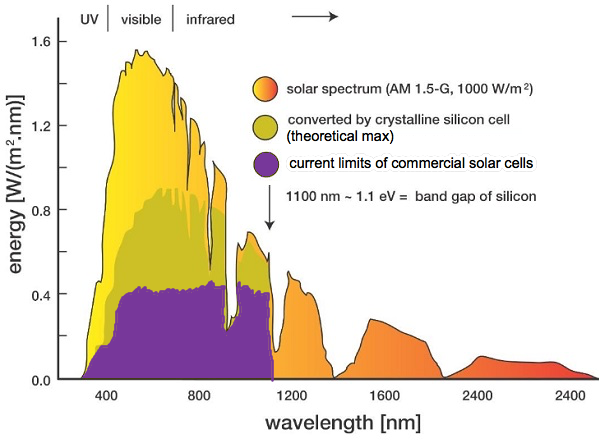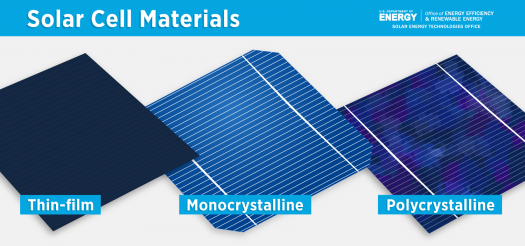Solar cells experience daily variations in light intensity with the incident power from the sun varying between 0 and 1 kw m 2.
How does the intensity of light affect a solar panel.
At low light levels the effect of the shunt resistance becomes increasingly important.
As the light intensity decreases the bias point and current through the solar cell also decreases and the equivalent resistance of the solar cell may begin to approach the shunt resistance.
Panel temperature will affect voltage as has been discussed in another blog.
Generally speaking current from a solar panel decreases linearly with decreasing irradiance while the voltage drops logarithmically.
The light intensity does not affect the voltage of a solar panel by very much but the current that you can take before the voltage slumps is proportional to the amount of light.
It is predominantly the current output that decreases as light intensity falls.
When the sun is overhead its rays are the most direct and intense.
According to the manufacture standards a 25 c 77 f temperature indicates the peak of the optimum temperature range of solar panels.
Illuminance is synonymous to light intensity.
The goal of this experiment is to determine how changes in incoming light intensity affect the output of solar cells.
Illuminance is directly proportional to light intensity per.
What happens when the temperature of solar panels increases.
Therefore the power is approximately proportional to the amount of light.
When these two resistances are similar the fraction of the total current flowing through the shunt resistance increases thereby increasing the fractional power loss due to shunt resistance.
Solar panel behaviour as light decreases.
Higher intensity of light means that there are more photons hitting the surface of the cell per unit area per second.
Solar panels unless heavily shaded have a remarkably high and consistent voltage output even as the intensity of the sun changes.
Furthermore there are also solar panels designed to work under high intensity lighting conditions.
A possible variation would be to investigate the effect of changing the color of the light.
It is when solar photovoltaic cells are able to absorb sunlight with maximum efficiency and when we can expect them to simply work the best.
The effect of intensity on the power of solar cells this experiment involves changing the intensity of light falling on different cells and measuring their power outputs.
The effect of solar illuminance or intensity on a photovoltaic panel has been examined.










